
Huaraz, the trekking capital of Peru, offers an incredible variety of hiking experiences that attract adventurers from all over the world. Whether you’re planning a quick day hike or a multi-day trek, this region in the Cordillera Blanca promises everything from snow-capped mountains and crystal-clear lakes to unique Andean villages. Whether you’re an experienced trekker or a beginner, there’s something for everyone.
Perched high in the Andes, Huaraz is home to some of the most scenic trails, with altitude being one of the challenges to consider. To make the most of your adventure, it’s essential to acclimatize, but luckily, there are shorter hikes perfect for getting used to the altitude before tackling longer treks like the Santa Cruz trail.
Here are some of the top hiking spots around Huaraz:
1. Wilkacocha
If you’re new to hiking or just looking for an easy introduction to the region, the Wilkacocha trail is an excellent choice. It’s a short hike, around 2 hours up and 1 hour down, offering panoramic views of the Cordillera Blanca mountains. This trail is ideal for acclimatization, and as it’s easily accessible from Huaraz, it’s perfect for a quick adventure.
On the way, you’ll pass by traditional Andean villages, adding a cultural element to the hike. It’s also free to do, aside from the cost of taking a collectivo, making it a budget-friendly option.
2. Laguna 69
For a slightly more challenging trek, Laguna 69 is a must-do. This beautiful turquoise lake sits at an altitude of 4,650 meters and is surrounded by towering mountains. The hike takes about 3 hours to reach the lake, and around 2 hours to descend.
While you can hike to Laguna 69 independently, many opt for the affordable tour buses that cost around 25-30 soles, which drop you off at the trailhead. Just remember, the hike itself is done on your own. If you’re lucky with the weather, the stunning views and vibrant waters make it all worth the effort. Just be mindful of the altitude—it’s best to acclimatize before attempting this hike.
3. Laguna Churup
Laguna Churup is one of the lesser crowded trails in the area but still offers a great adventure. The trail is about 2 hours up and 1.5 hours down, and it’s an excellent option for those who want to acclimatize and enjoy nature without venturing too far into more strenuous terrain.
The hike begins at the town of Pitec, with a daily collectivo leaving Huaraz at 7:30 am. You’ll need to pay an entry fee to the national park, but once you’re on the trail, the scenery will make it all worthwhile. The climb can be challenging, but the view of the turquoise lagoon surrounded by mountains is one you won’t forget.
4. Laguna Paron
For those looking for a shorter but still scenic hike, Laguna Paron is a great option. The largest lake in the Cordillera Blanca, Laguna Paron sits at an altitude of 4,150 meters. While the hike itself is a bit easier than some of the other trails, you still get stunning views and a chance to enjoy the beauty of the mountains.
You’ll have the option to walk around the lake or take in the views from a mirador (viewpoint) that involves climbing over jagged rocks. The tour to the lake costs around 47 soles plus a 5-sol entry fee to the park. It’s a great spot to spend a day, especially for those short on time but still wanting to enjoy the incredible scenery.
5. Pastoruri Glacier
Located in the southern part of the Cordillera Blanca within Huascarán National Park, Pastoruri Glacier is a unique destination. It’s not only a glacier but also a place to witness the effects of climate change firsthand. A climate expert on my tour explained that the glacier has shrunk by more than 20% in the last 30 years.
Visiting Pastoruri offers a chance to walk on the glacier and take in the surrounding landscapes. Tours can be arranged from Huaraz for about 30 soles, and it’s a great opportunity to learn about the region’s rapidly changing climate.
6. Other Notable Hikes
If you’re looking for more trekking options, Huaraz has a wide range of trails to explore. Some of the most popular options include:
- Santa Cruz Trek: A multi-day trek offering incredible views of the mountains, this is one of Peru’s most famous hikes.
- Laguna Shallap: A beautiful high-altitude lake that’s perfect for a scenic trek.
- Laguna Rajucolta: A quieter trail with stunning views of the surrounding peaks.
- Lagunas de Llangunco: A lesser-known, peaceful spot ideal for nature lovers.
- Laguna Uruscocha: A serene lake in the mountains that’s perfect for a peaceful retreat.
- Laguna Llaca: Another hidden gem for those looking to escape the crowds.
Where to Stay in Huaraz
Huaraz is a bustling city with plenty of accommodation options, but it’s not exactly the quiet retreat I initially imagined. Depending on your budget, you can find a range of places to stay:
- Casa de Ana: A great budget option, I stayed in a 3-person female dorm here for just 16 soles (£3.89). The hostel is slightly outside the city center but offers a great base for hiking trips.
- Akilpo Guest House: A fantastic guest house located centrally in Huaraz, offering clean, comfortable, and spacious rooms.
- The Lazy Dog Inn: If you’re looking for something more secluded, this mountain lodge is a great choice. It offers cozy rooms and spectacular mountain views, but be prepared for higher prices.
Final Thoughts
Huaraz is an incredible base for outdoor adventures. Whether you’re a beginner or an experienced trekker, you’ll find a trail that suits your level and provides stunning views of the Cordillera Blanca. From easier hikes like Wilkacocha to more challenging ones like Laguna 69 and the Santa Cruz Trek, there’s no shortage of options for hikers of all types. Be sure to acclimatize before tackling the high-altitude hikes, and don’t forget to bring plenty of water, snacks, and a camera to capture the stunning landscapes.









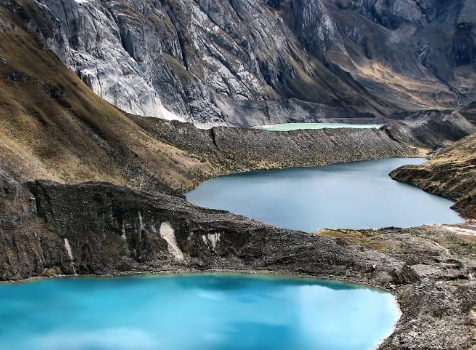
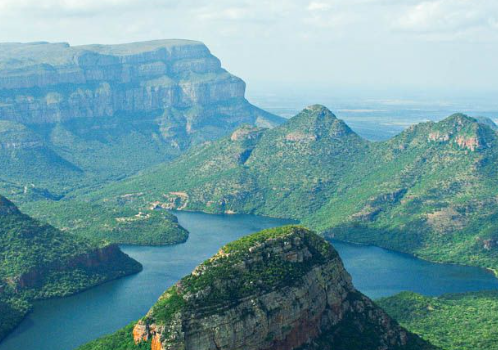
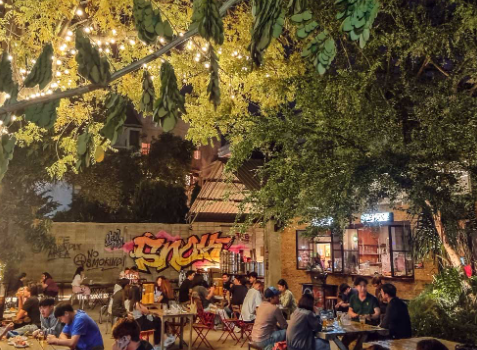
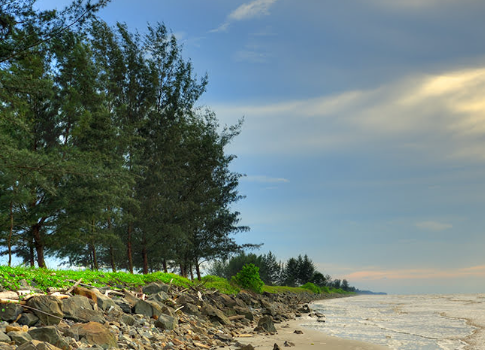
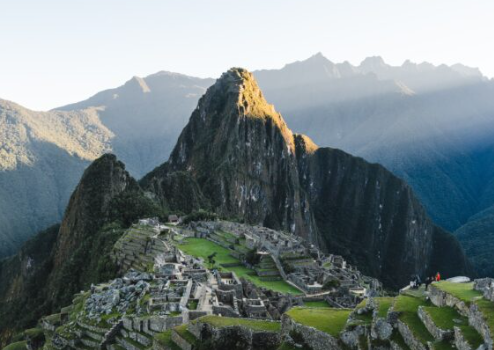
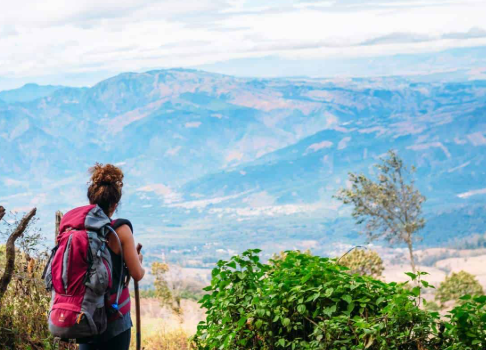
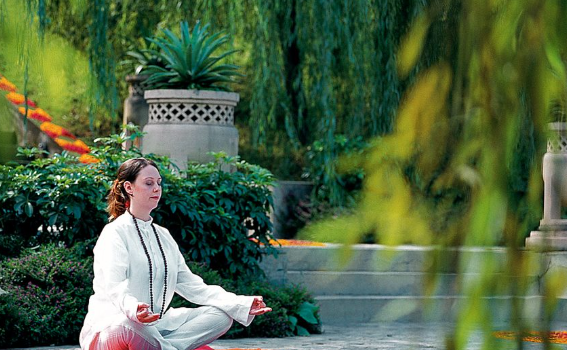

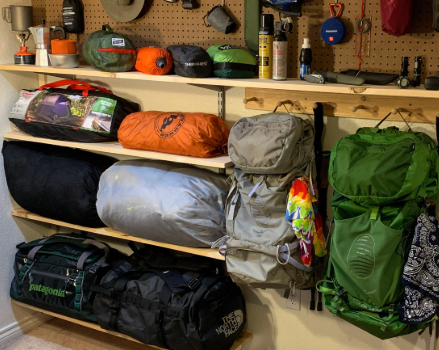
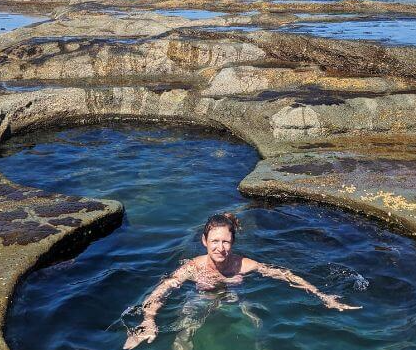

Comments